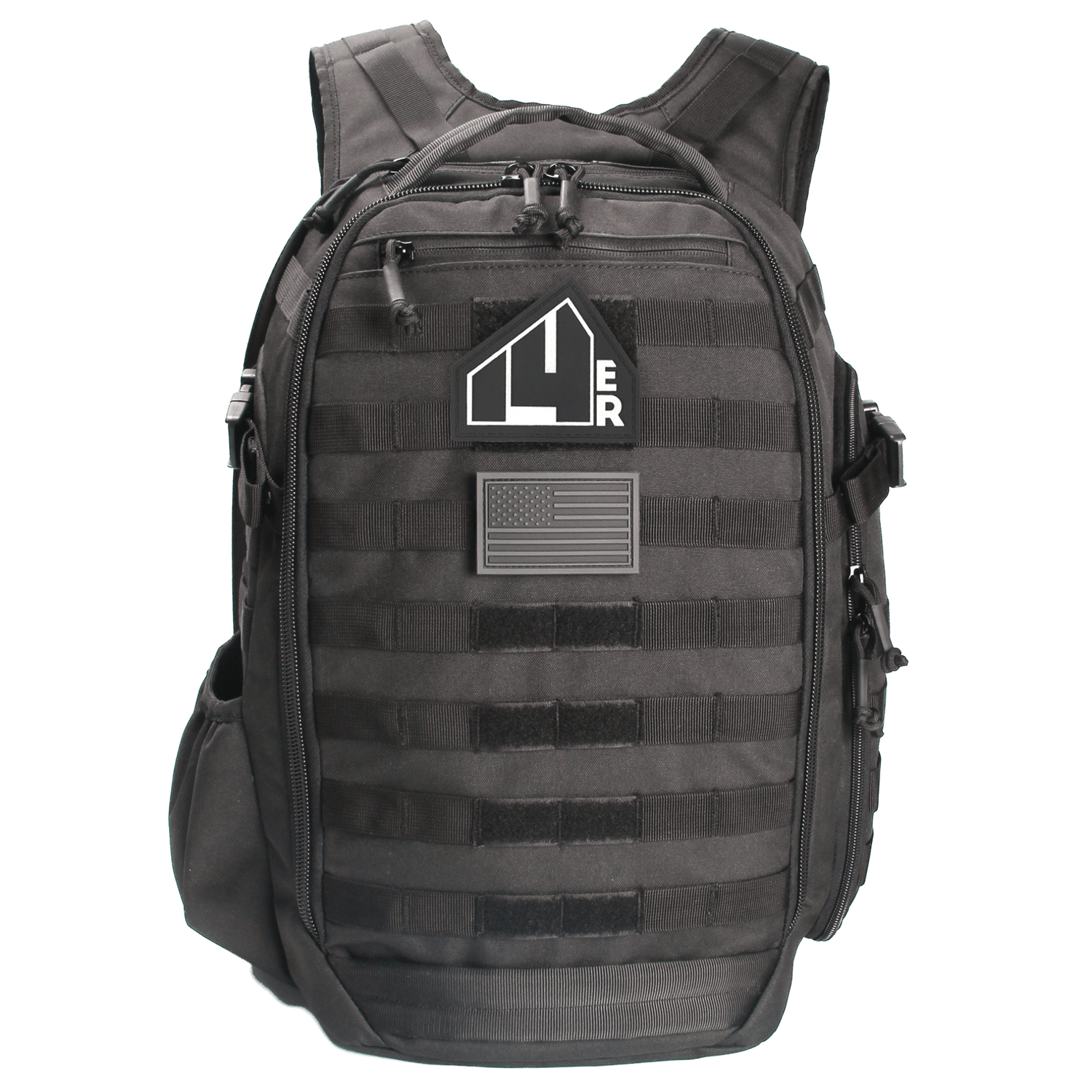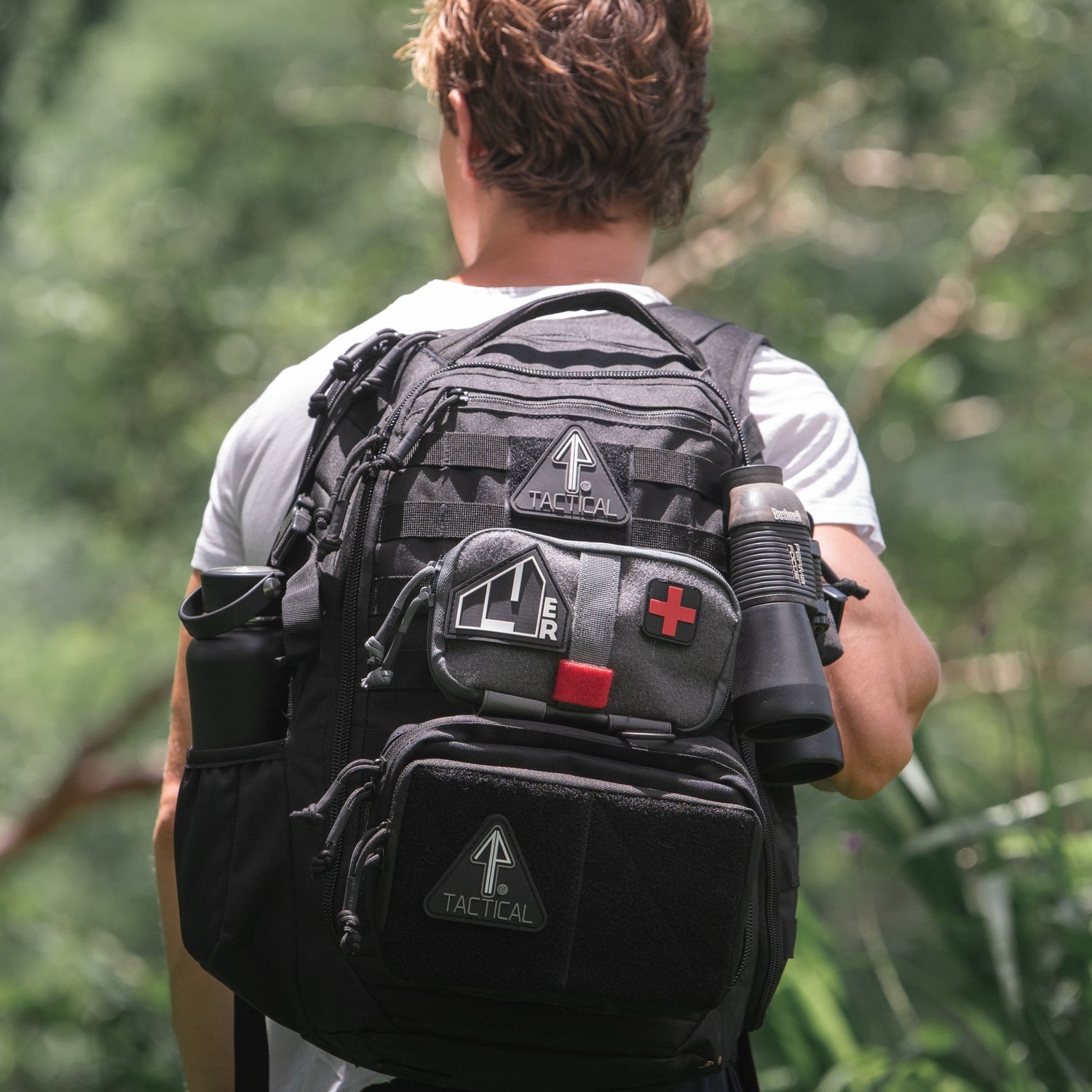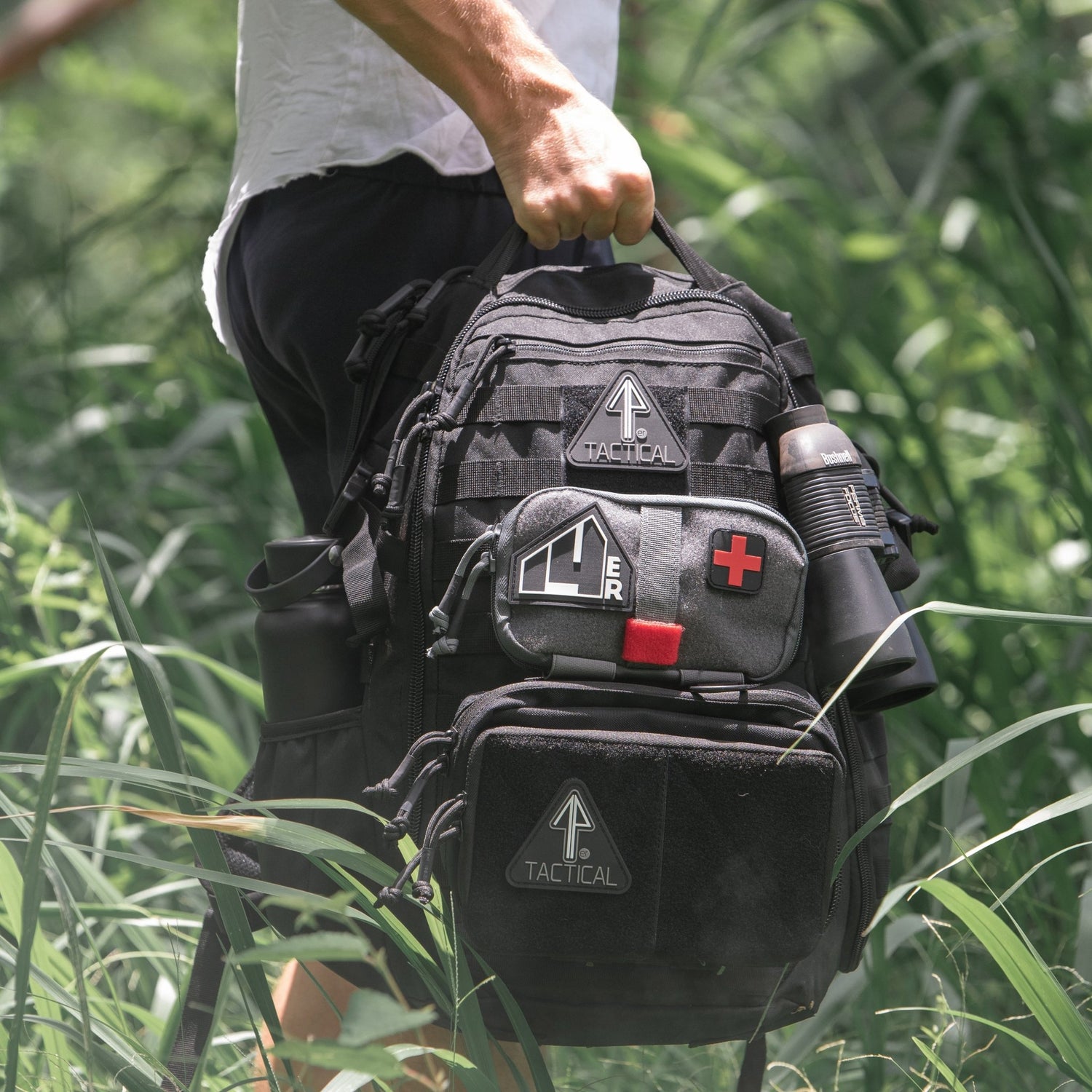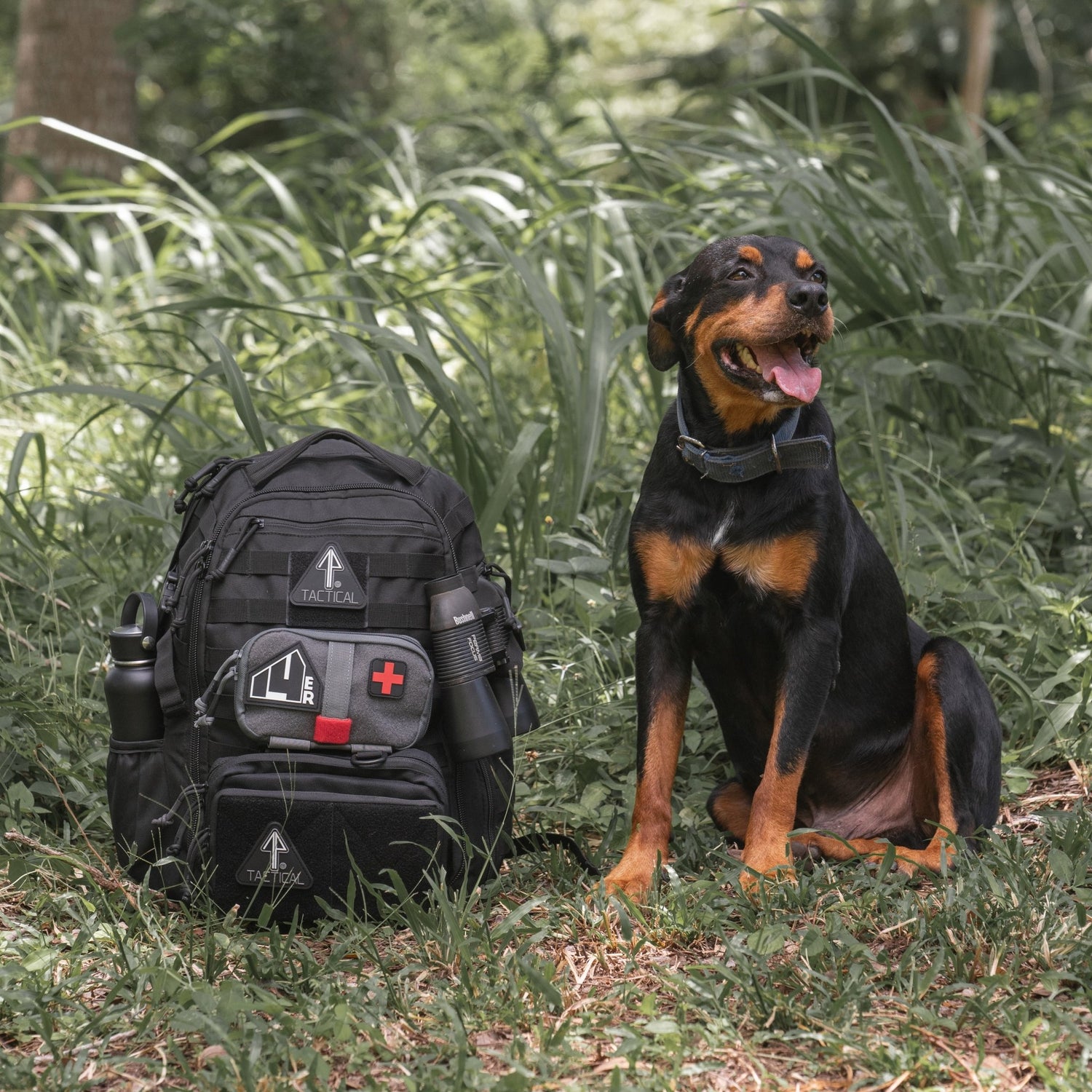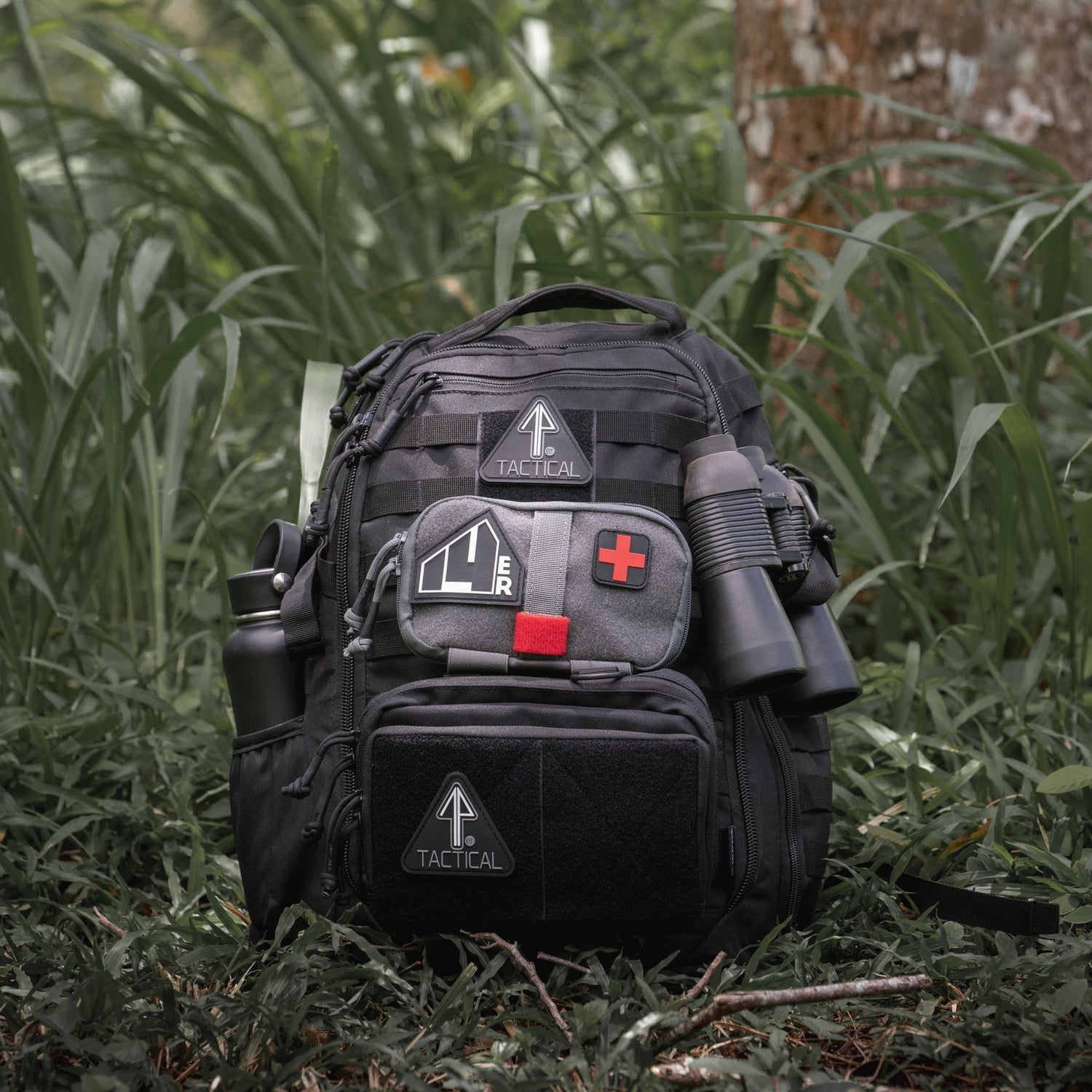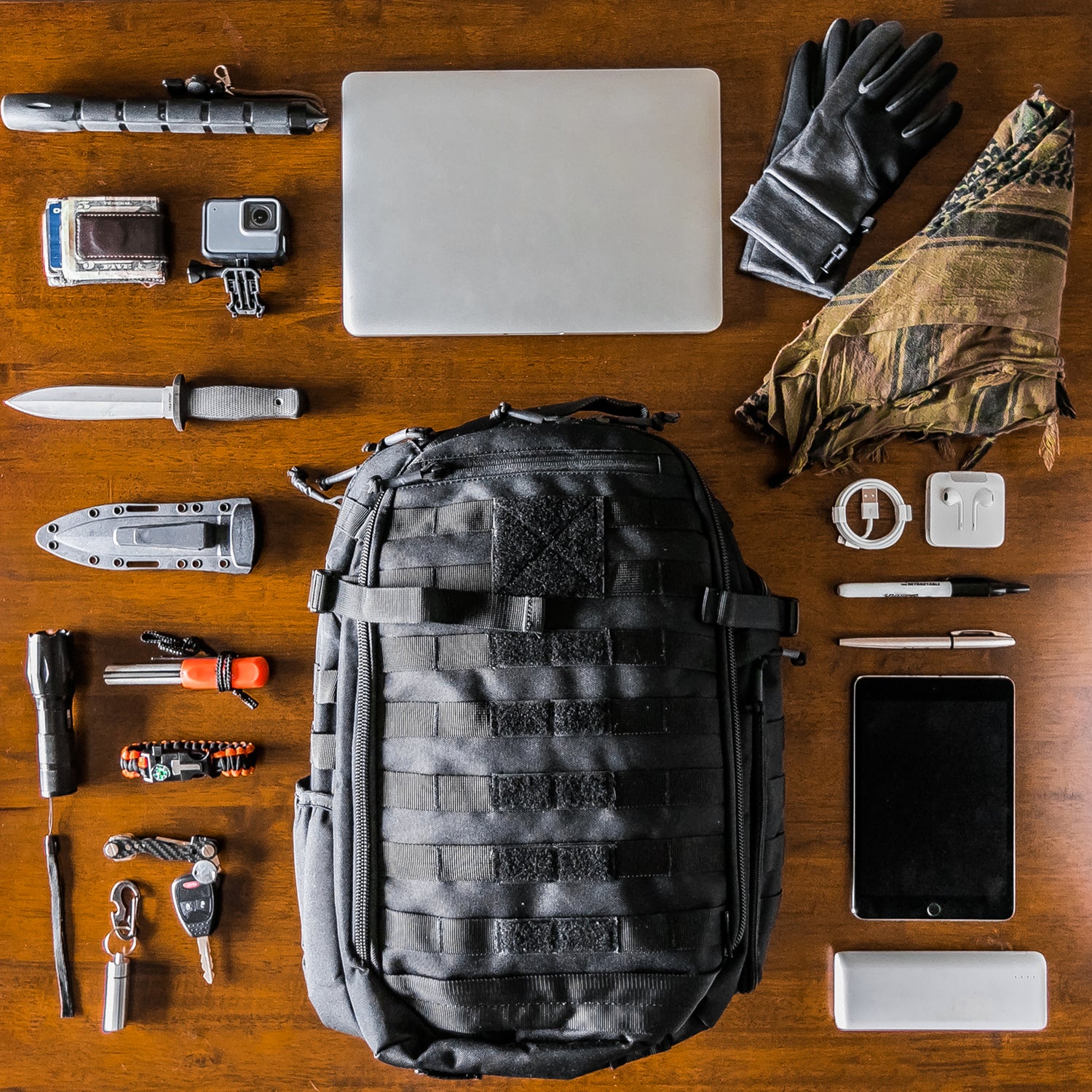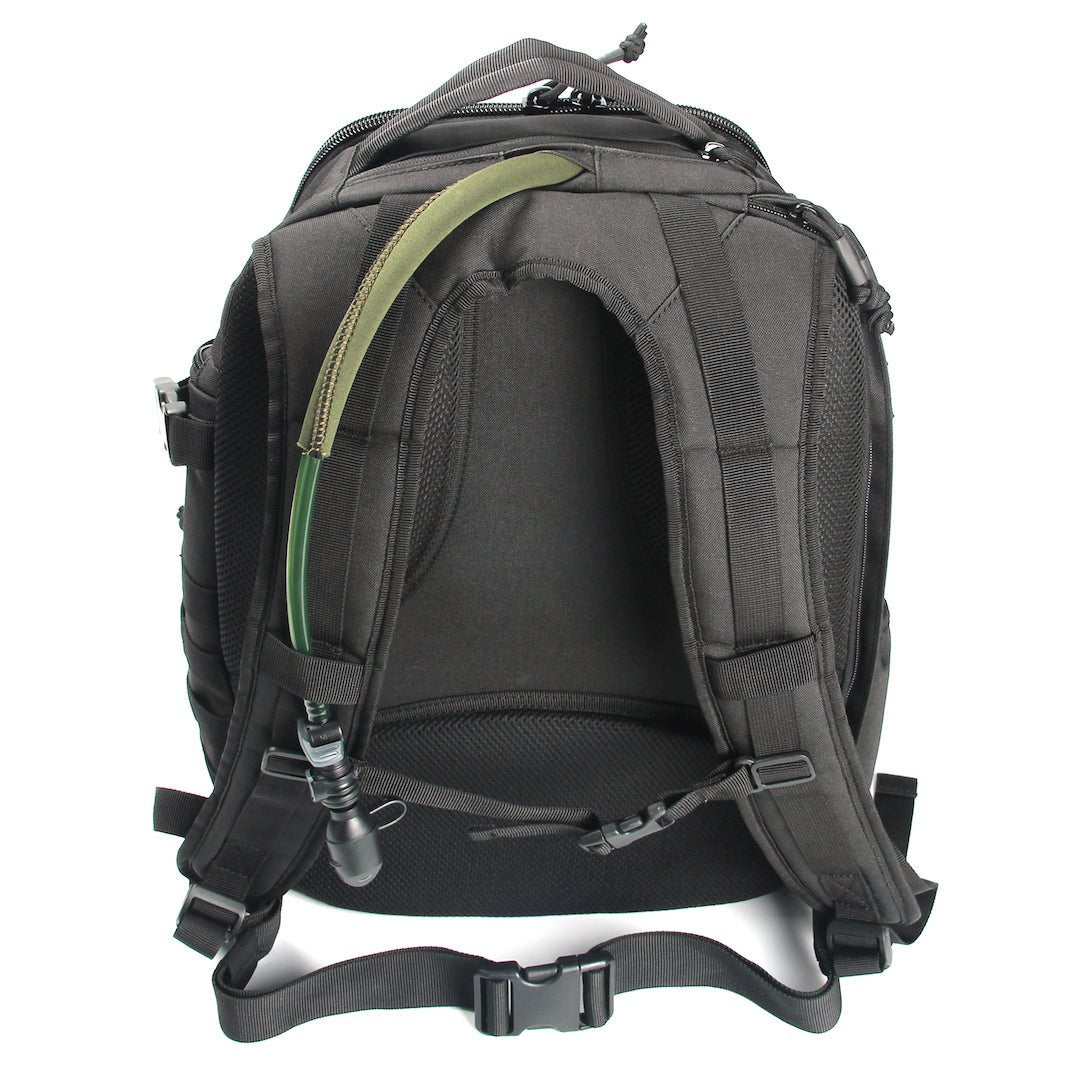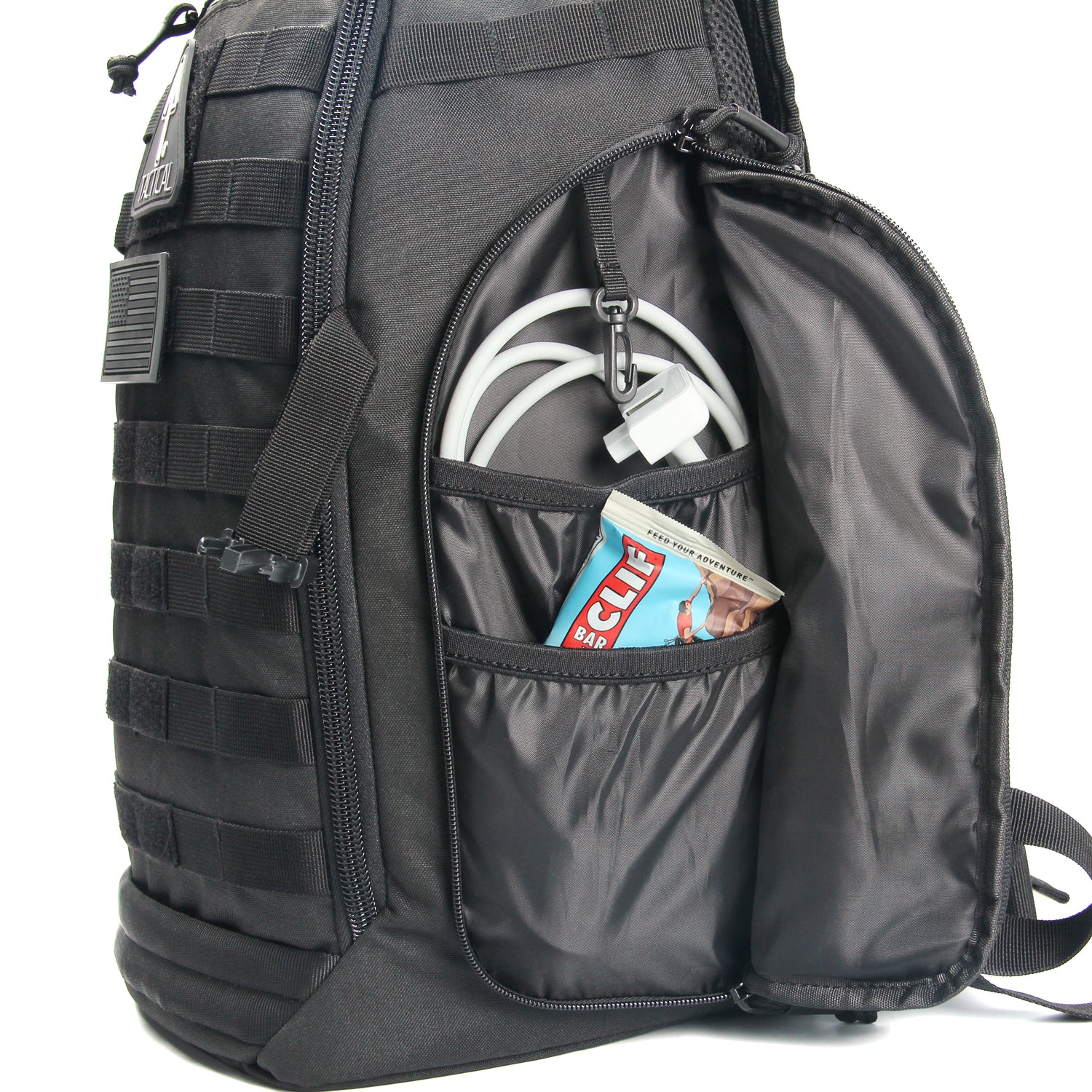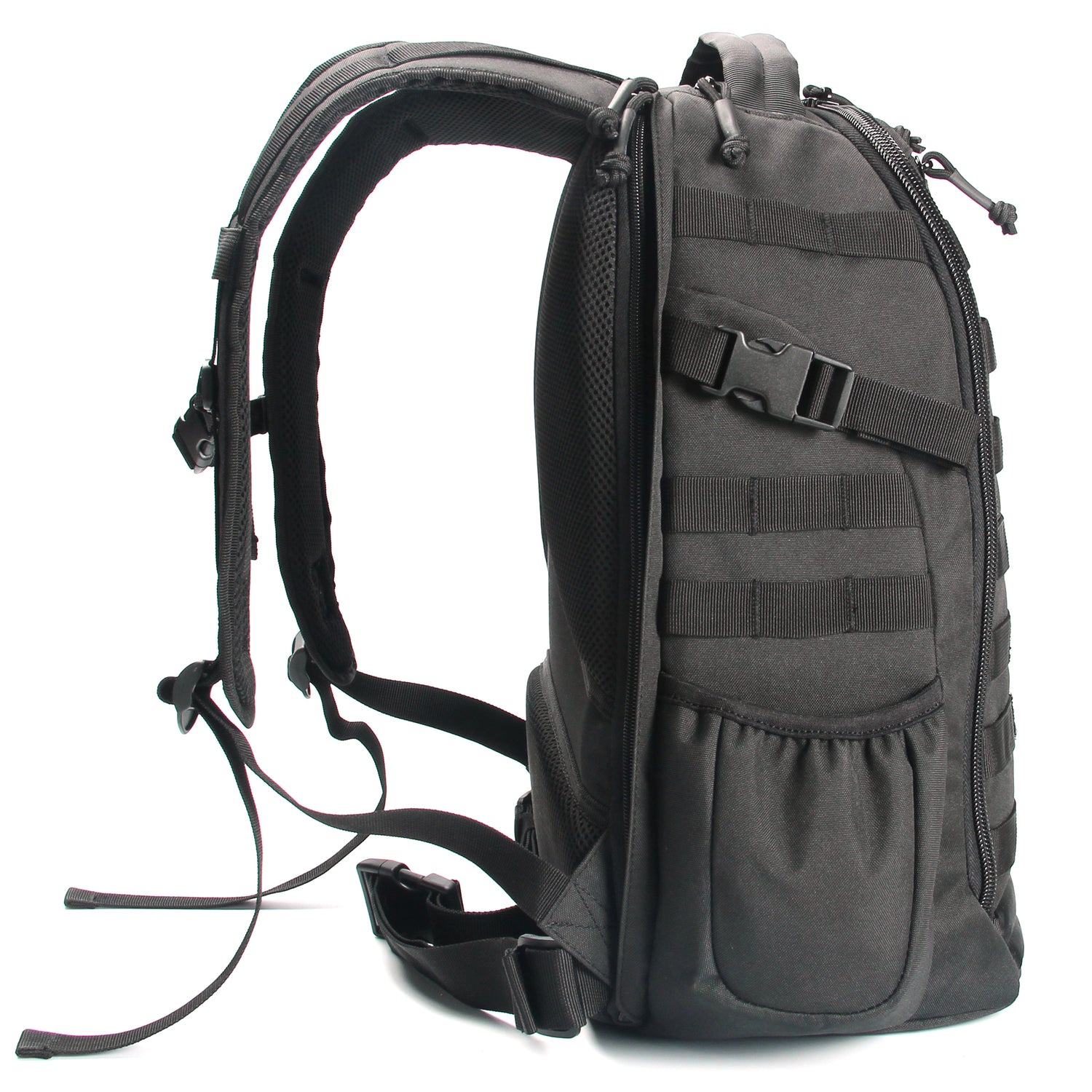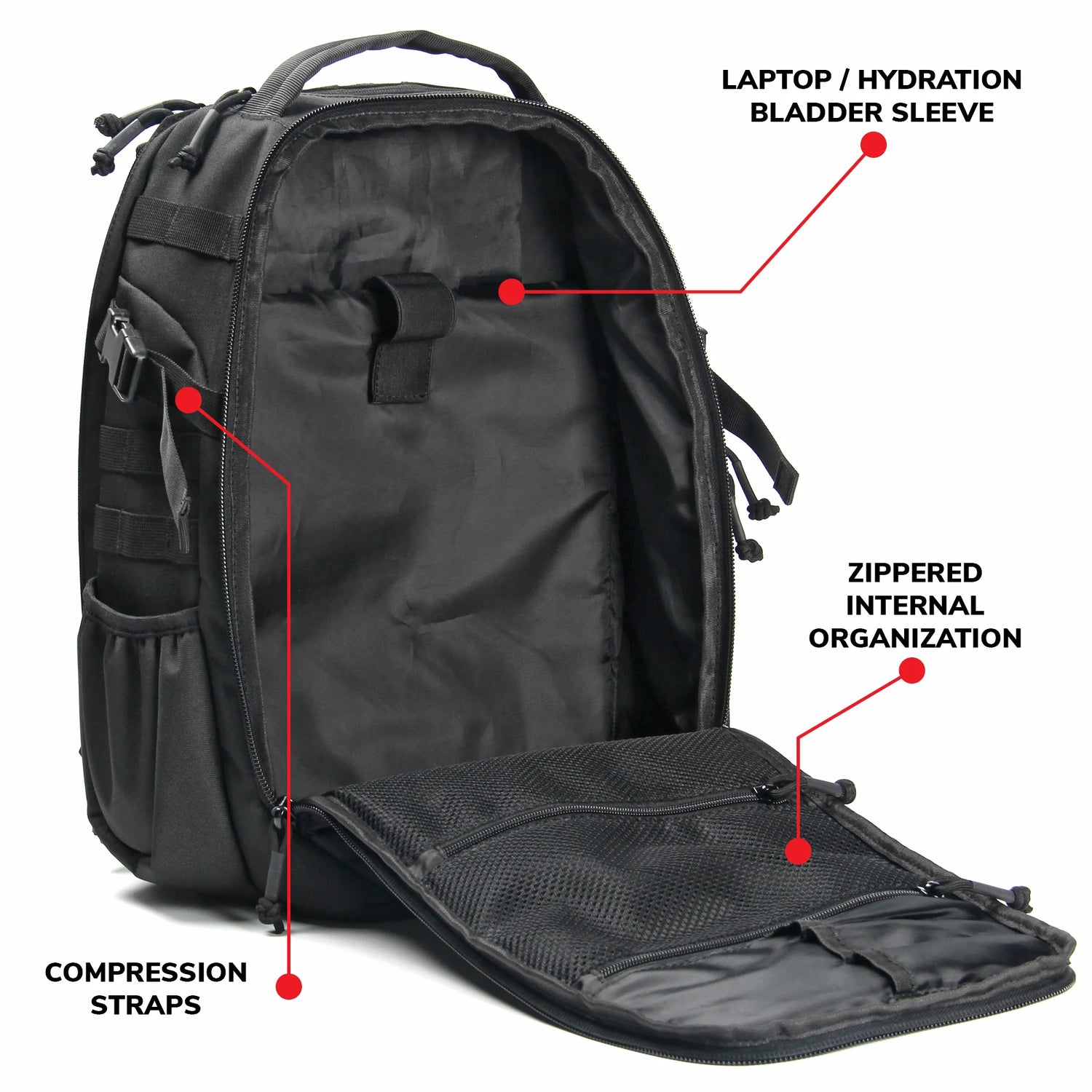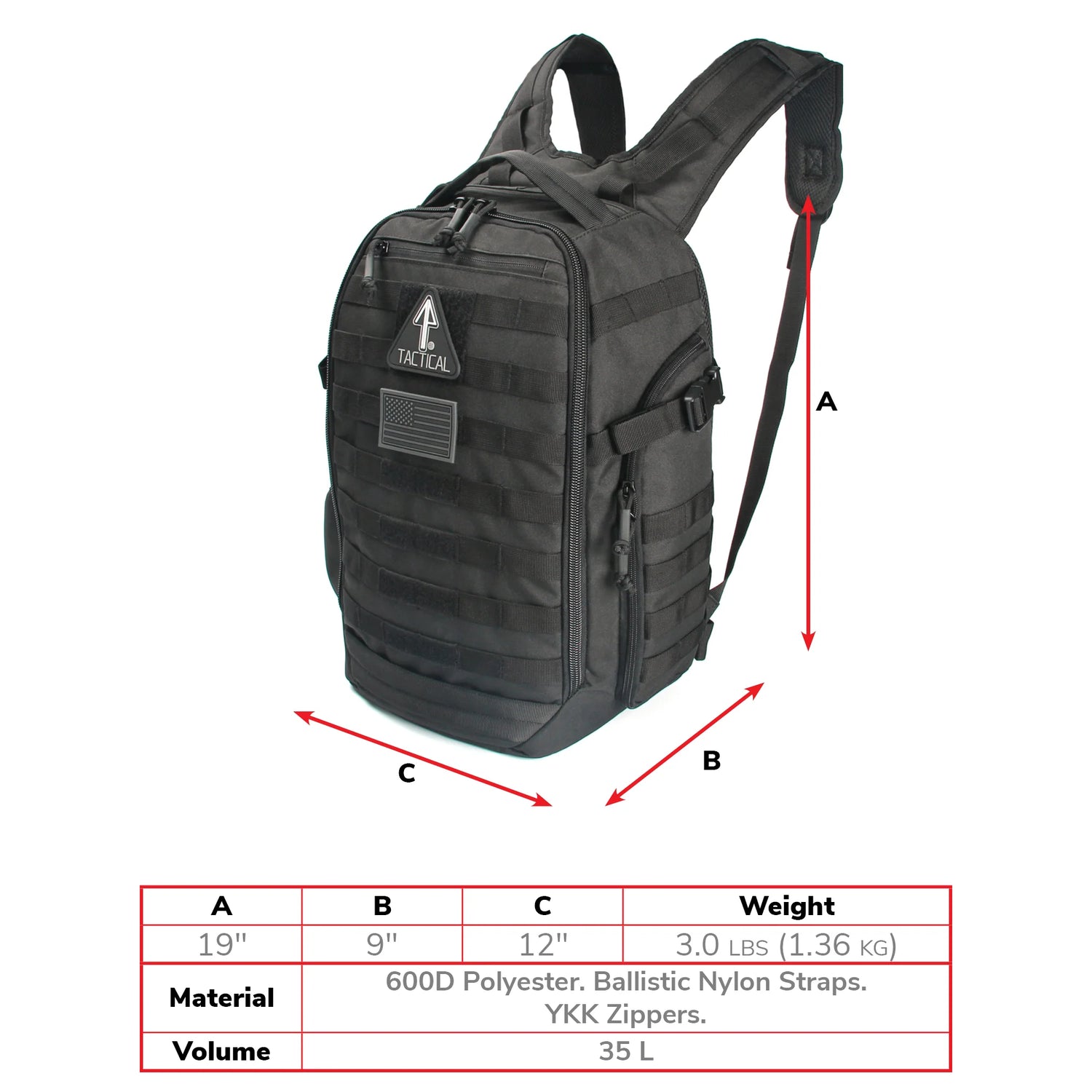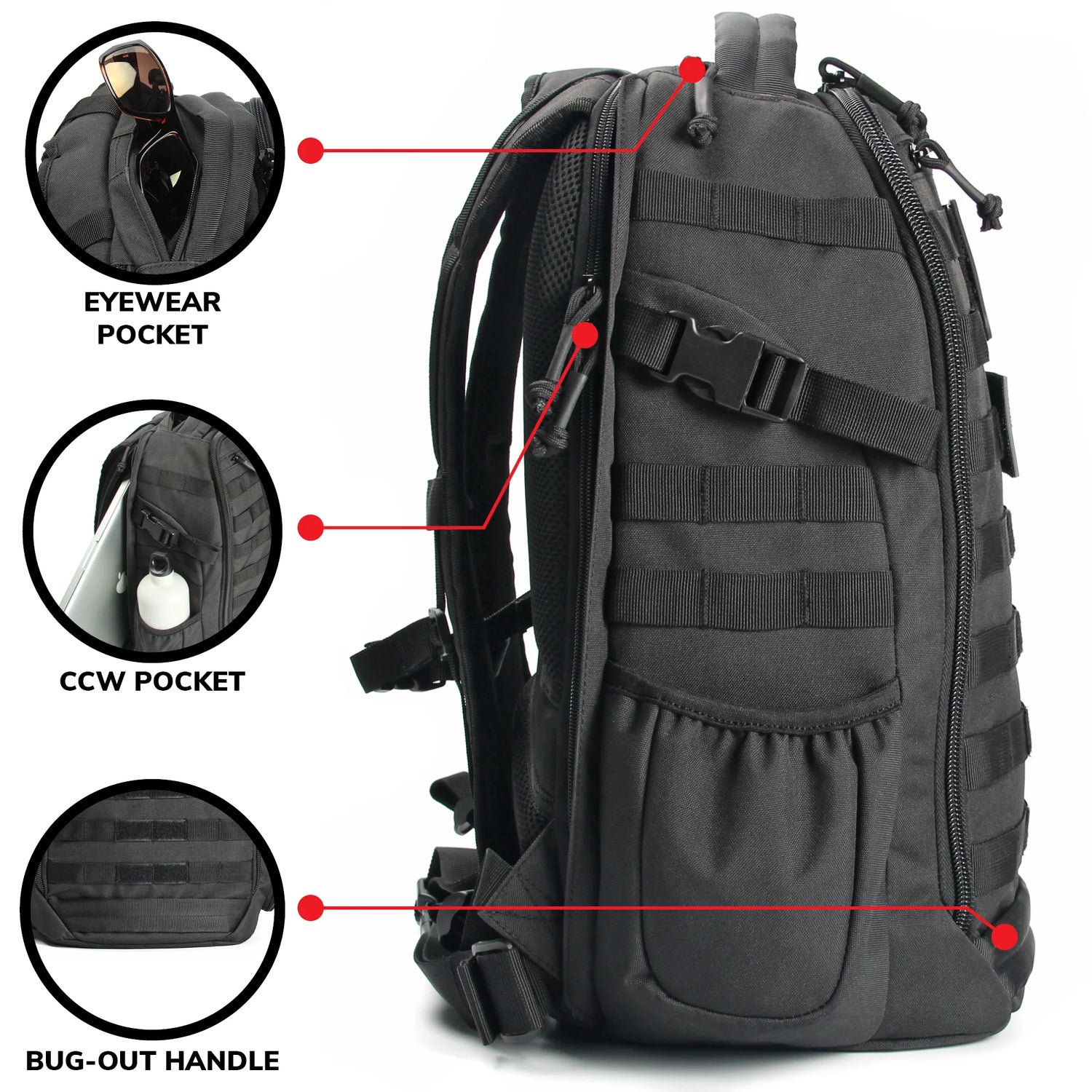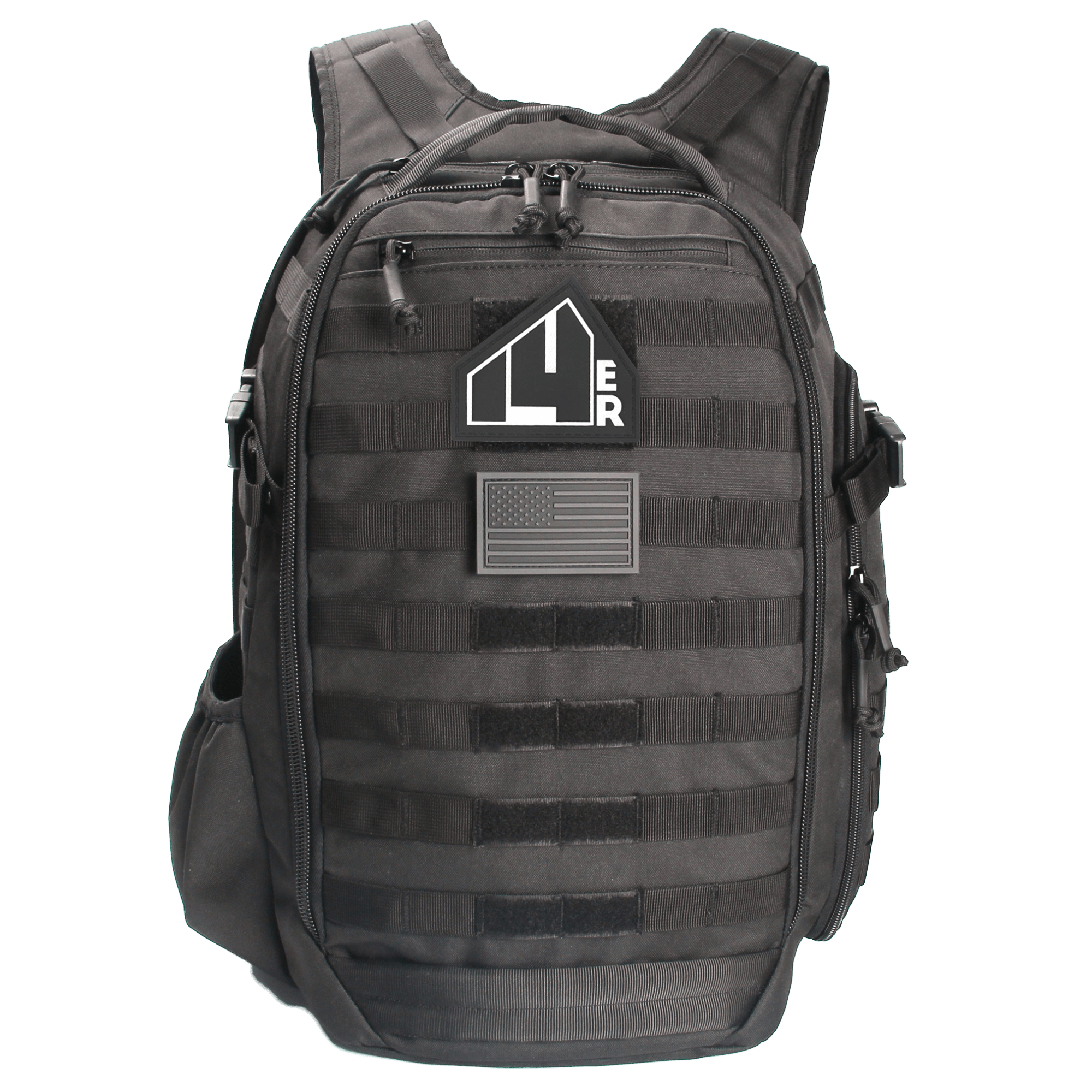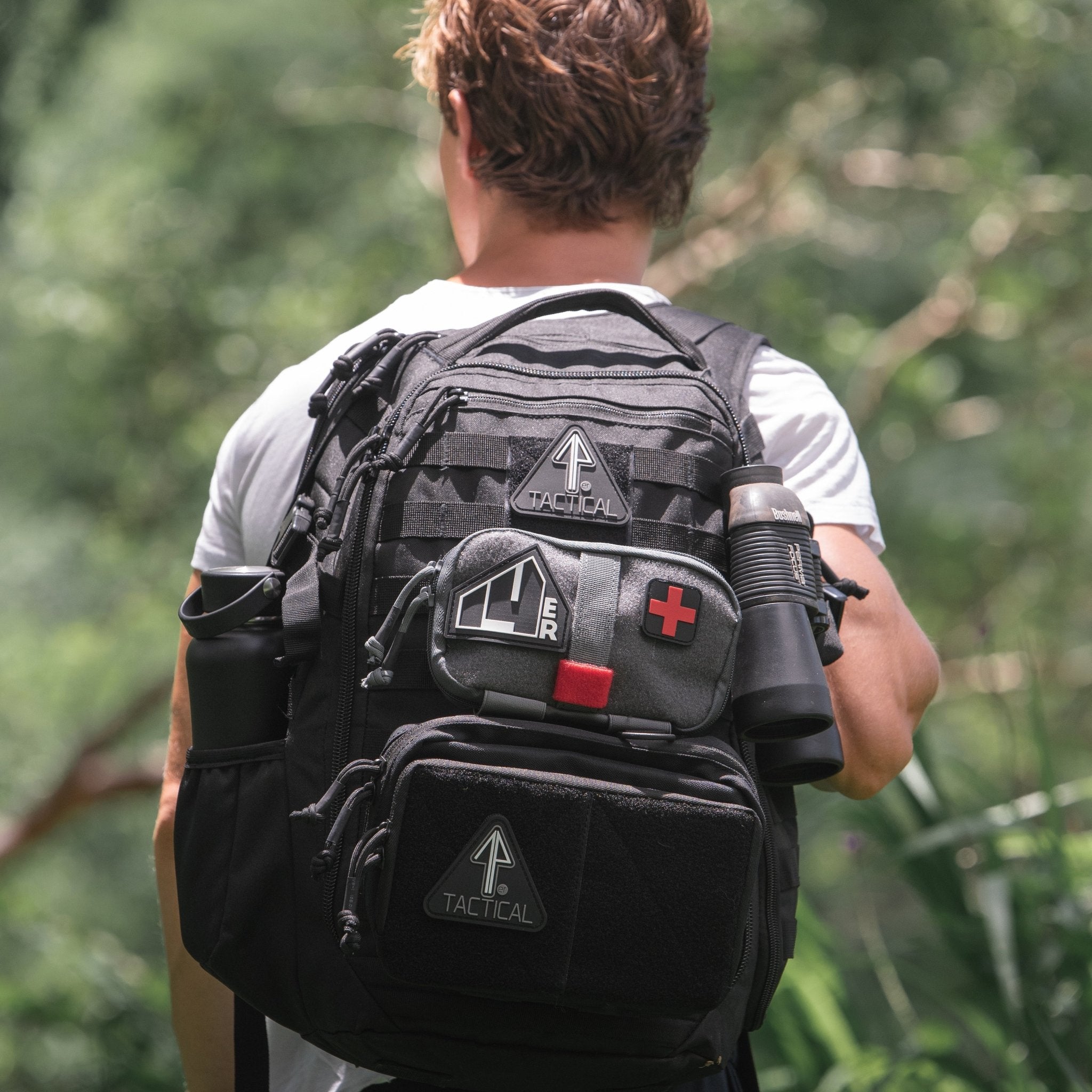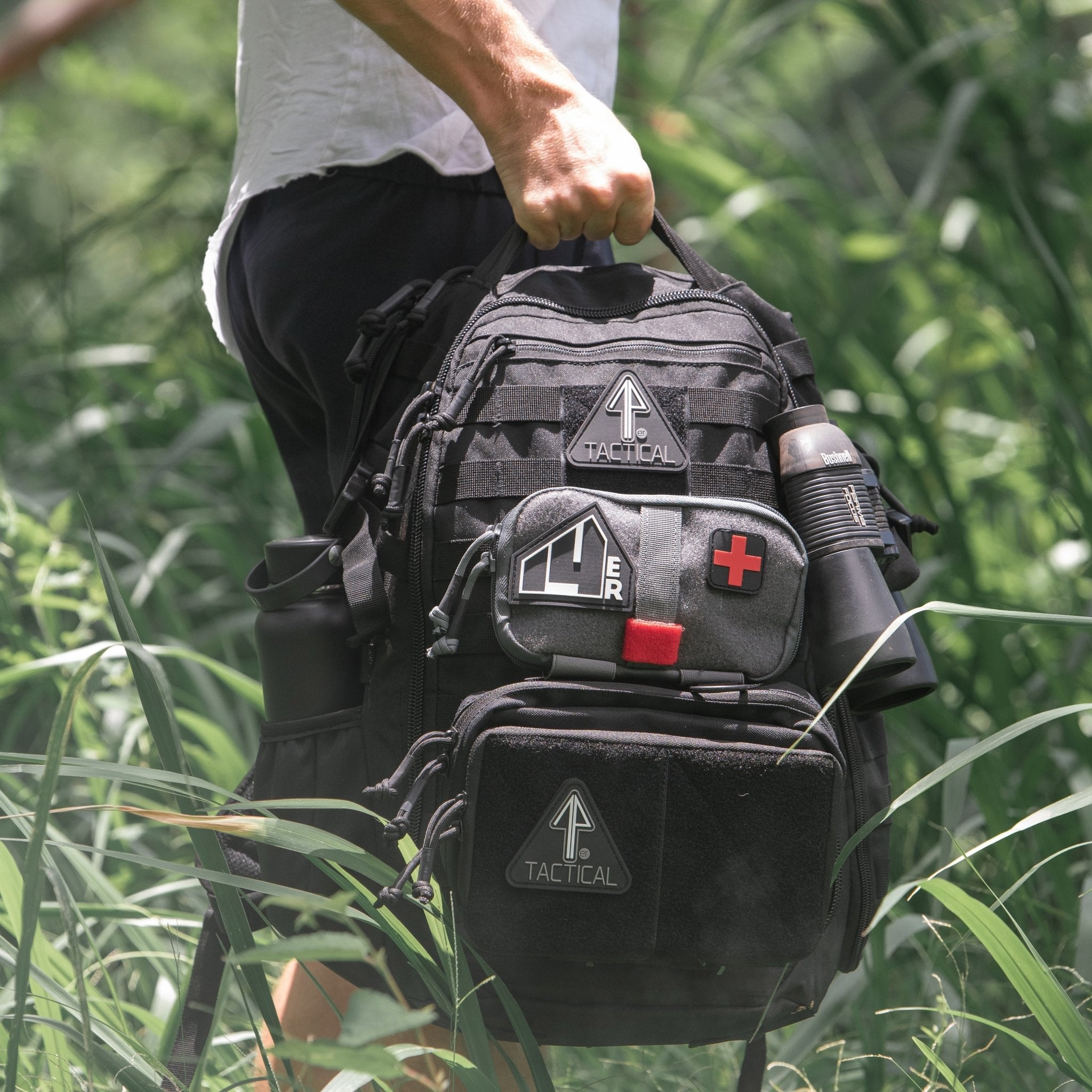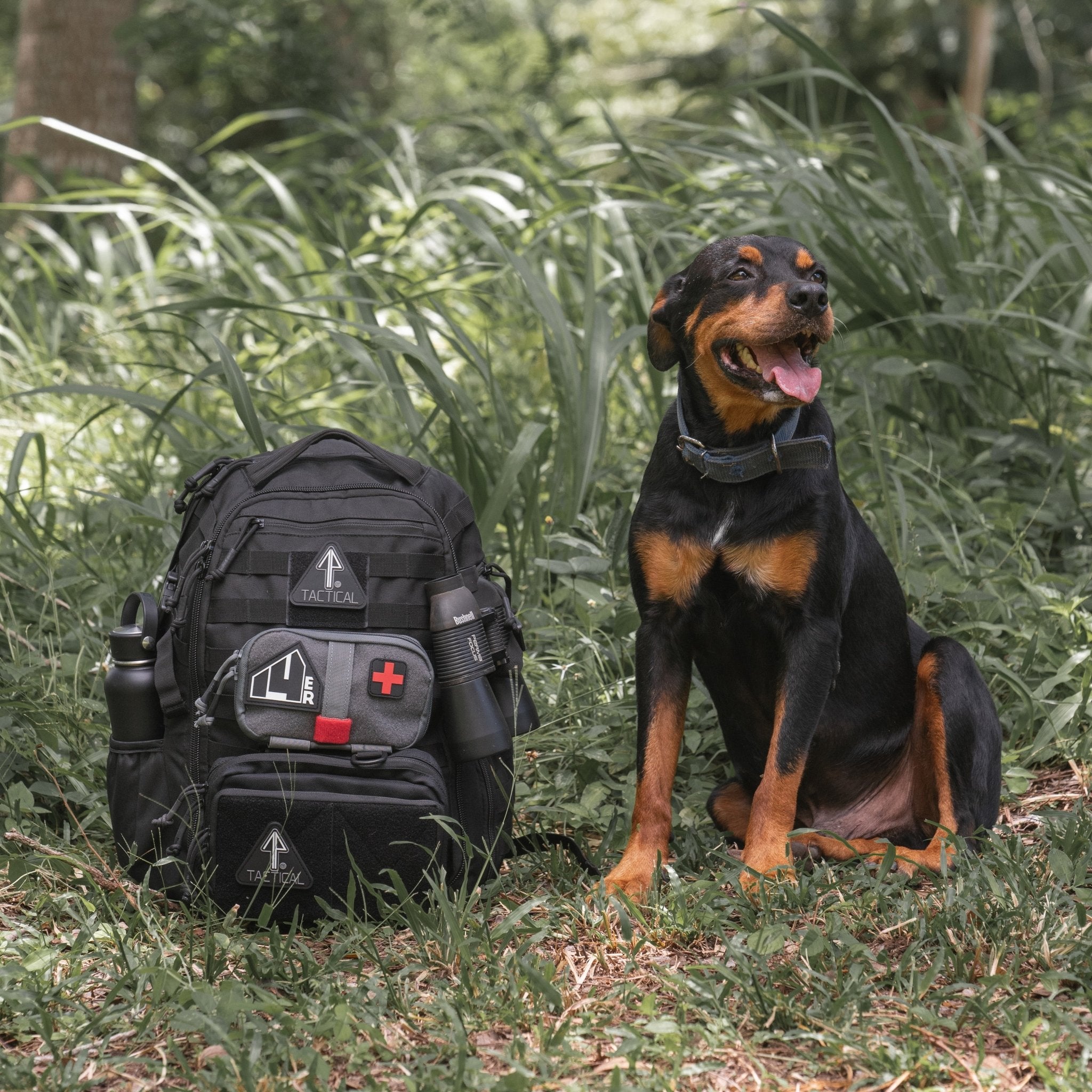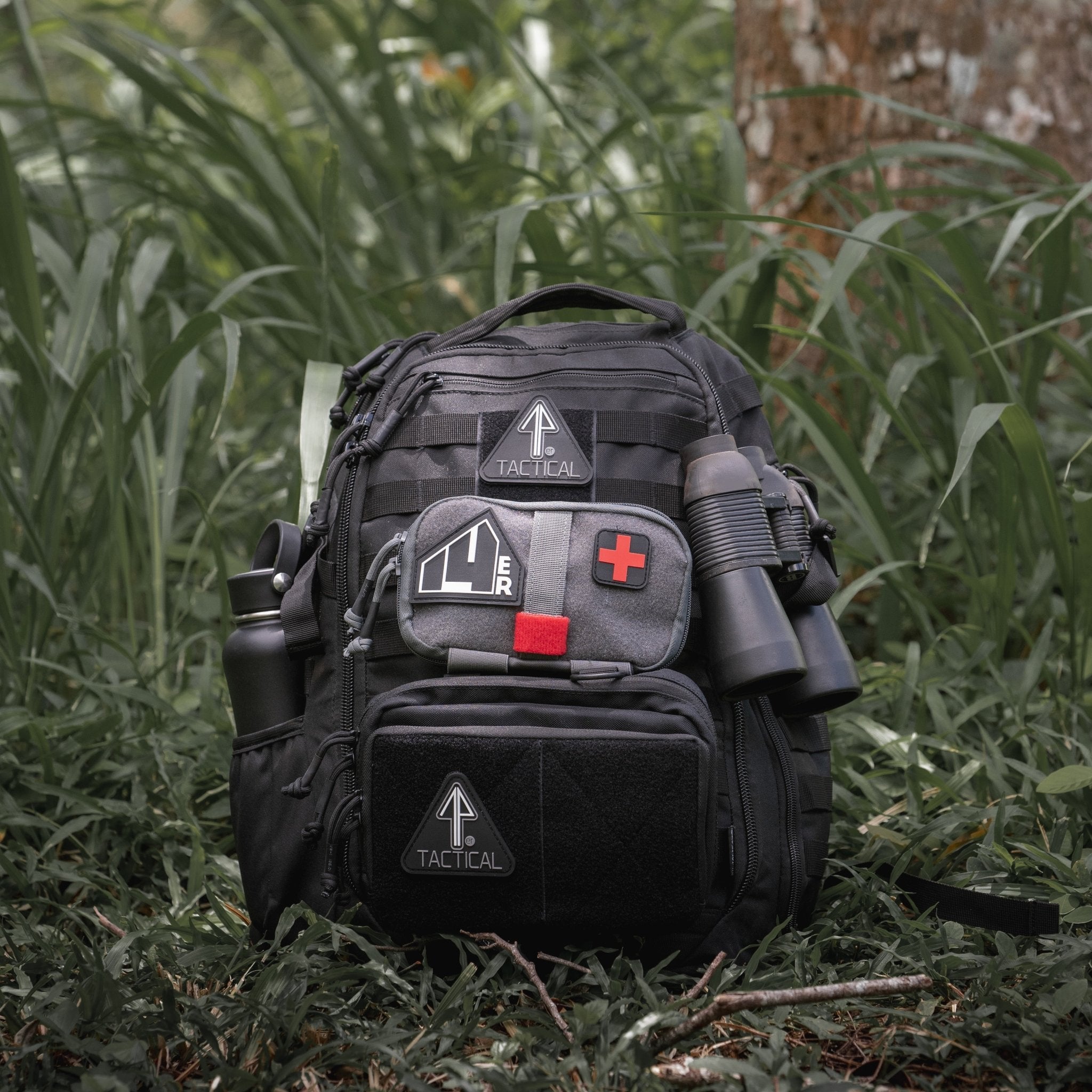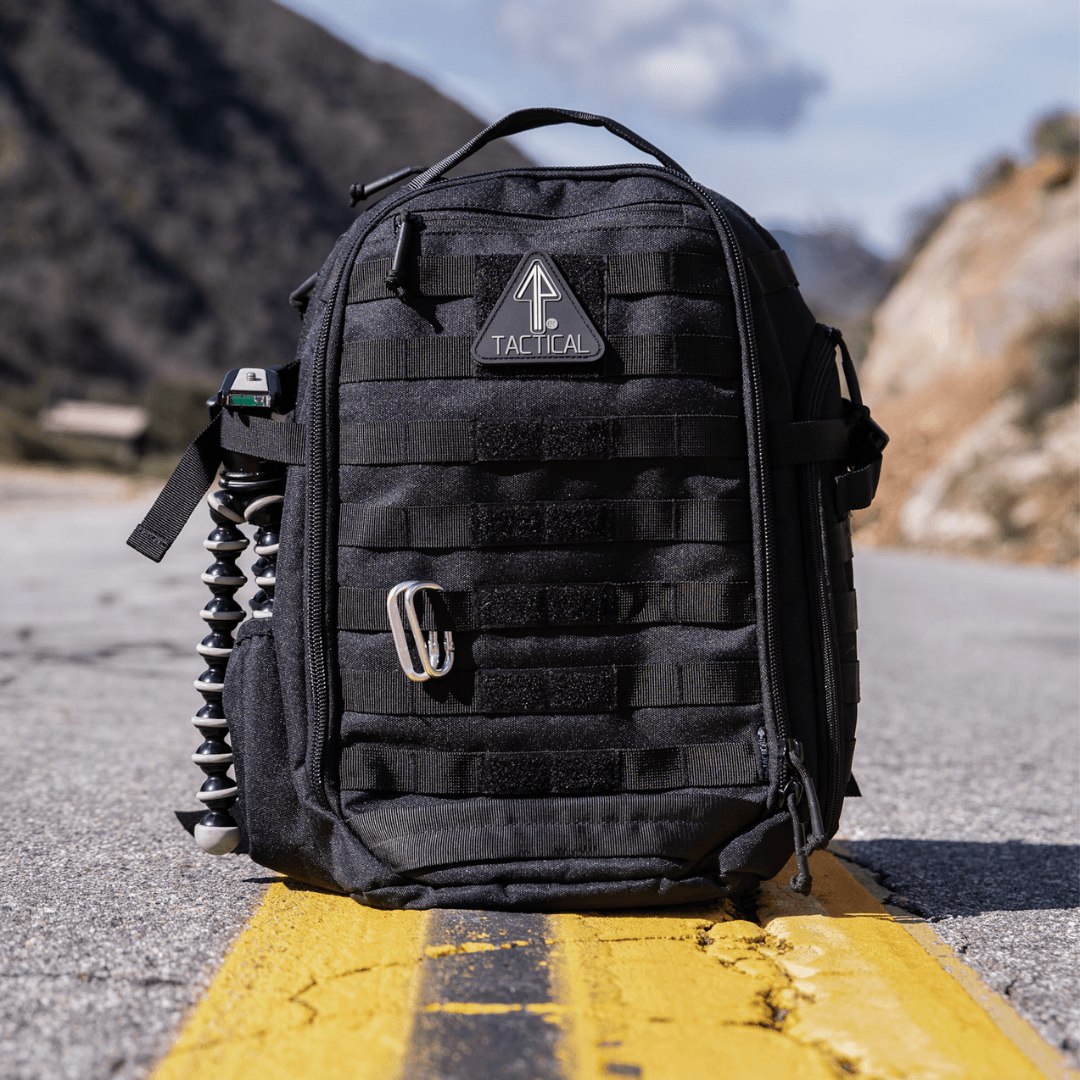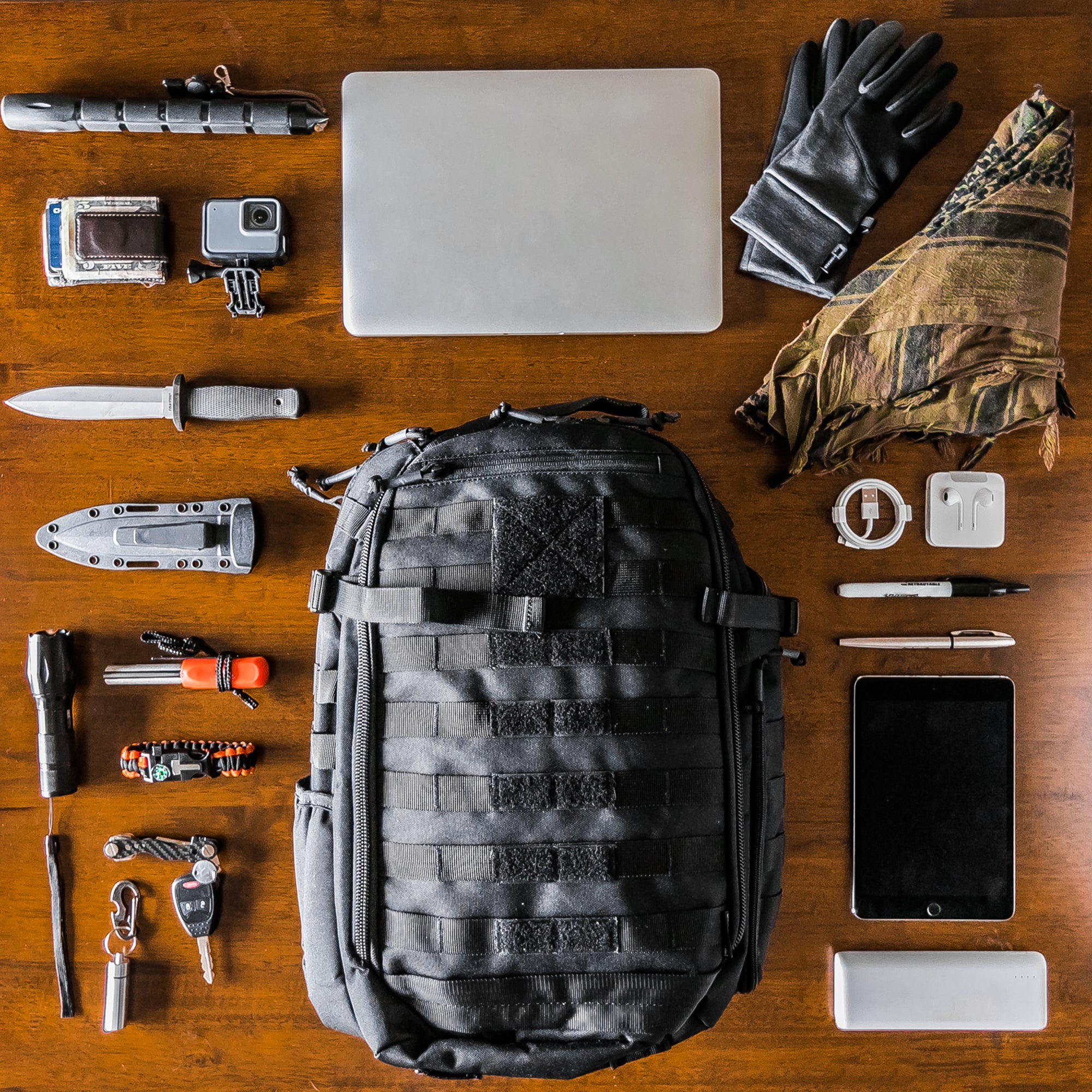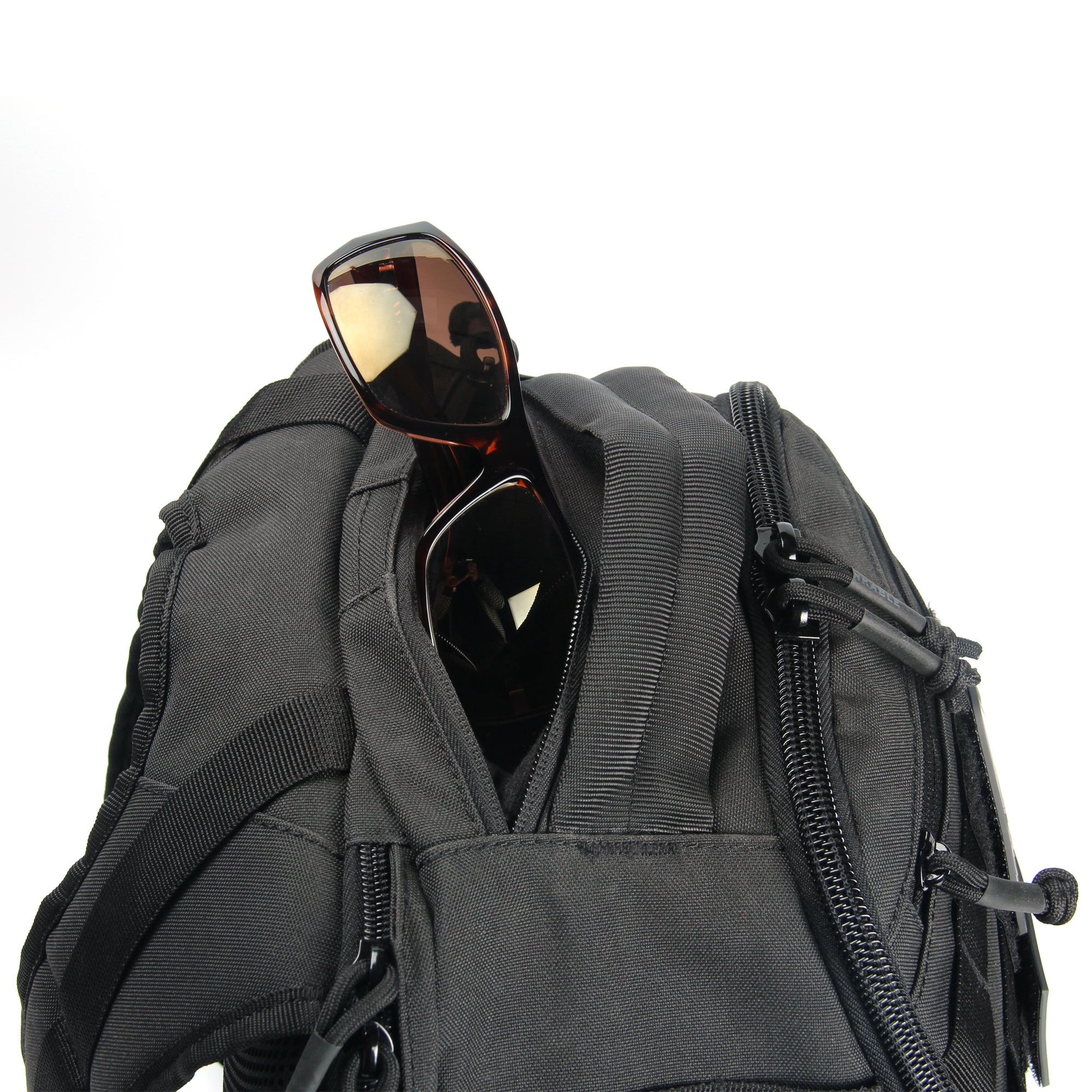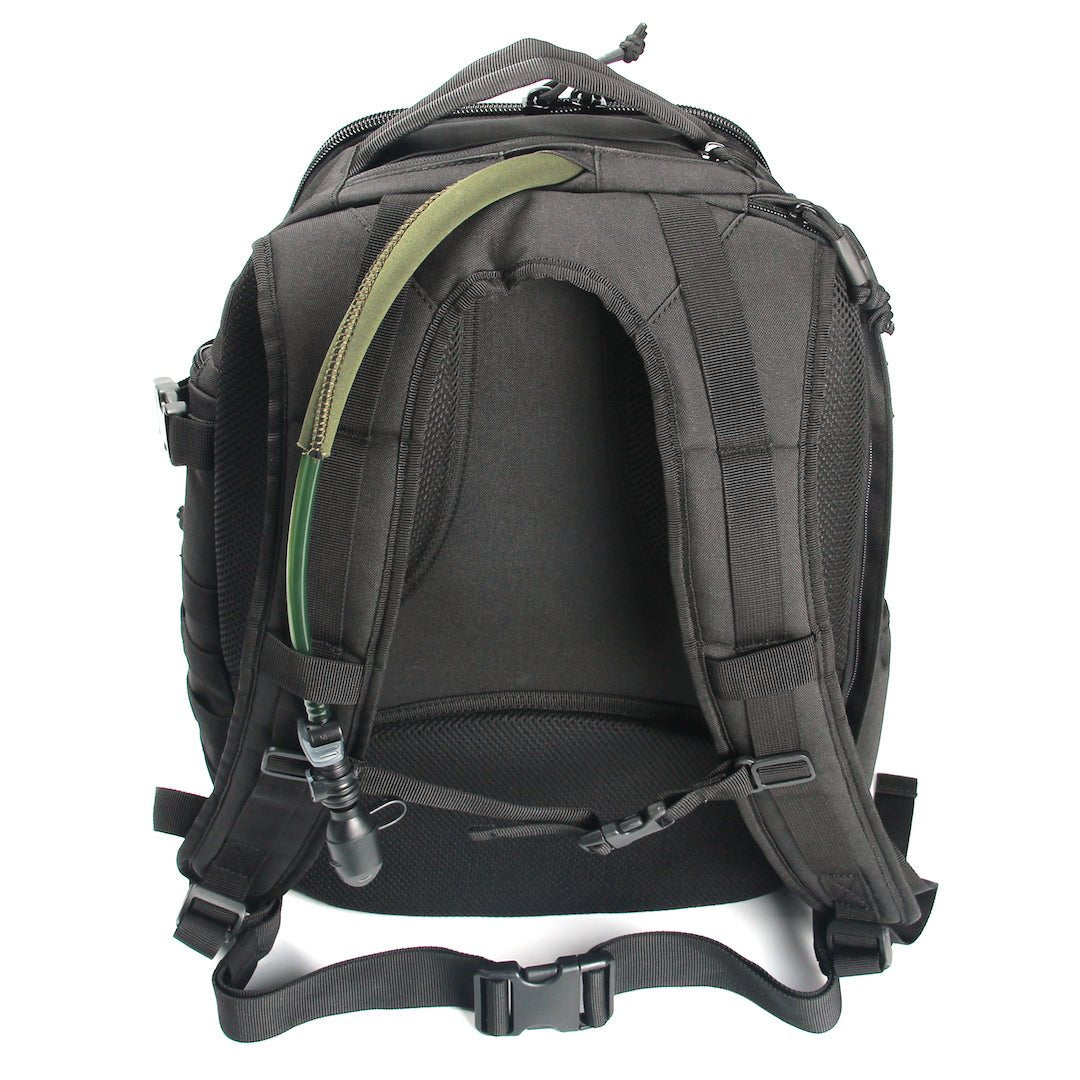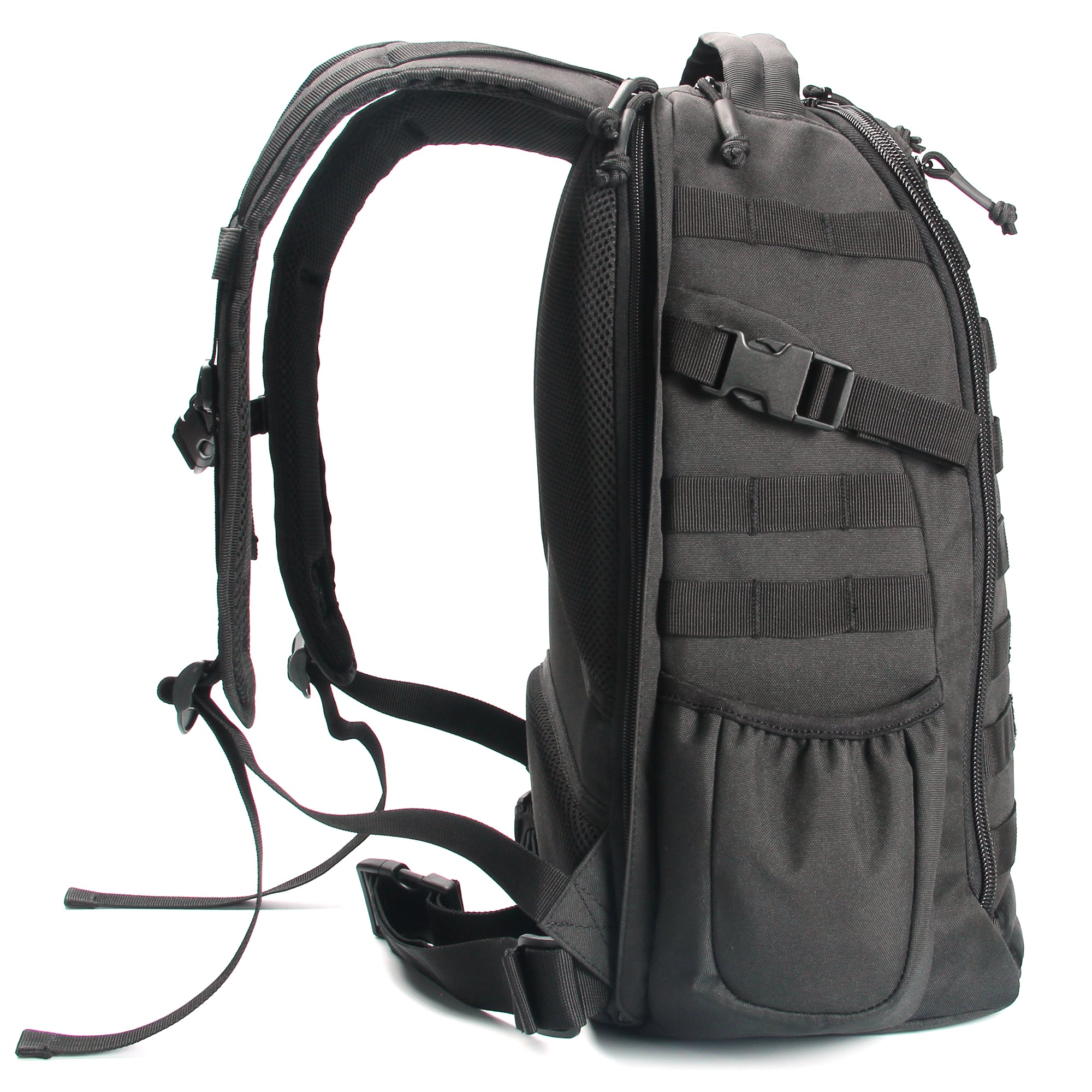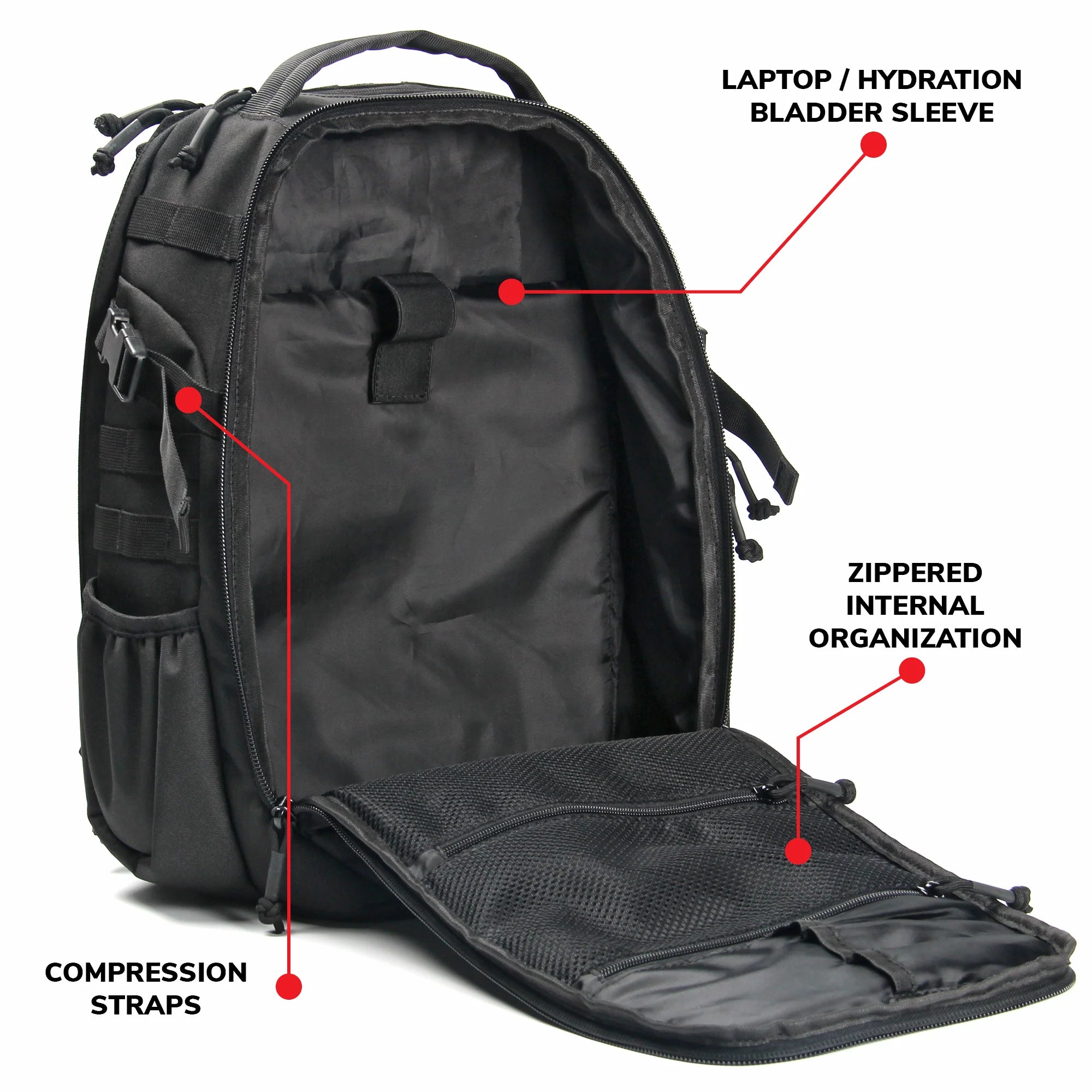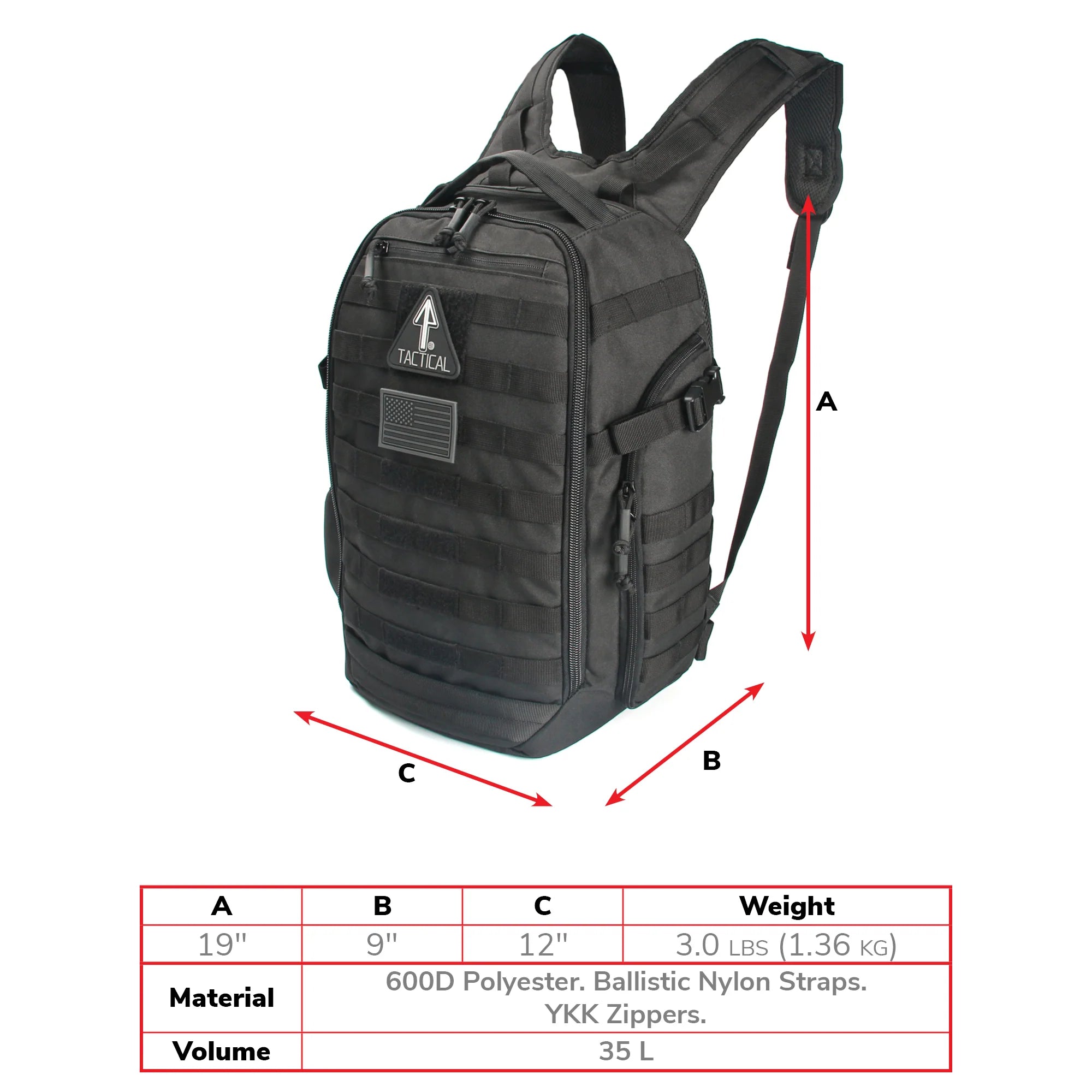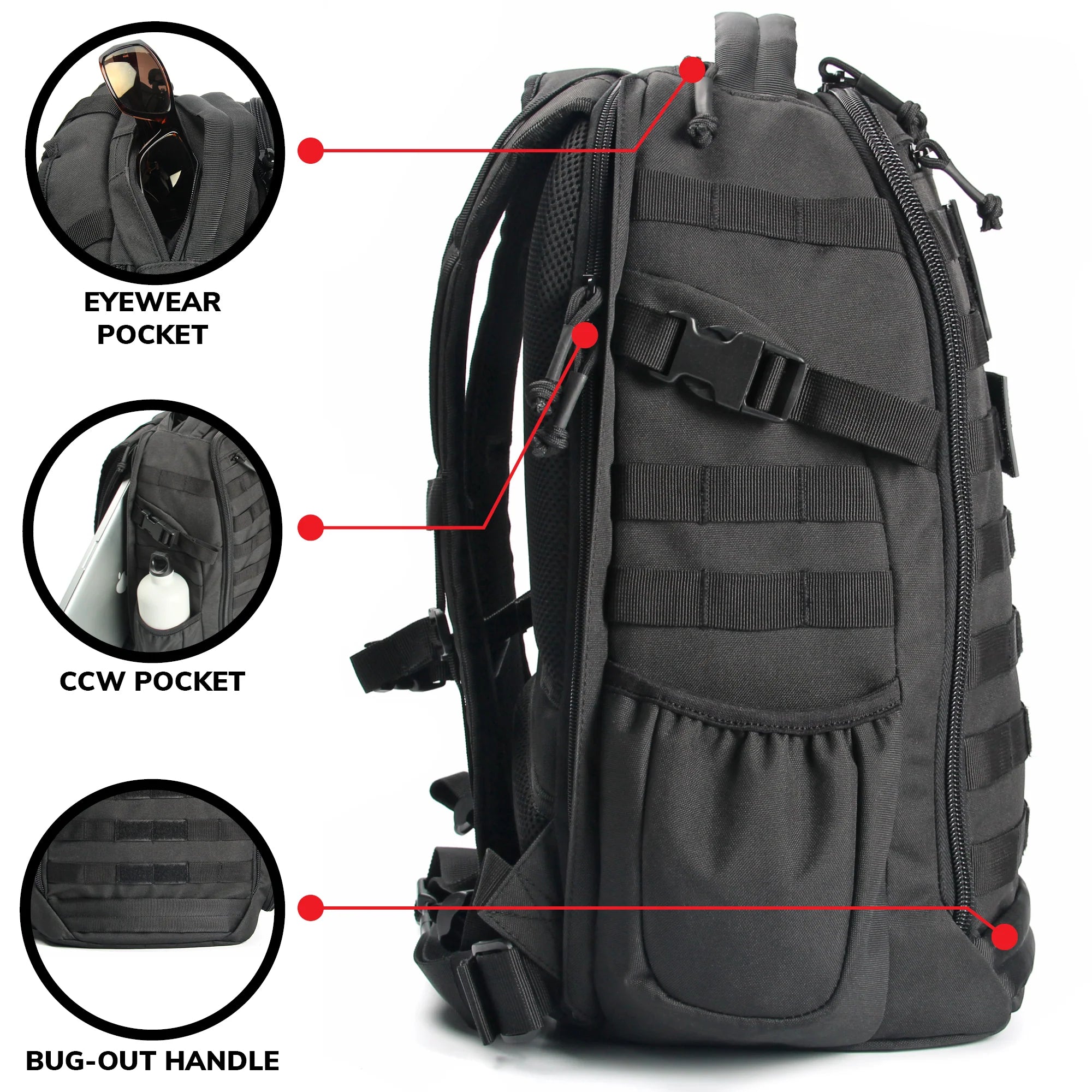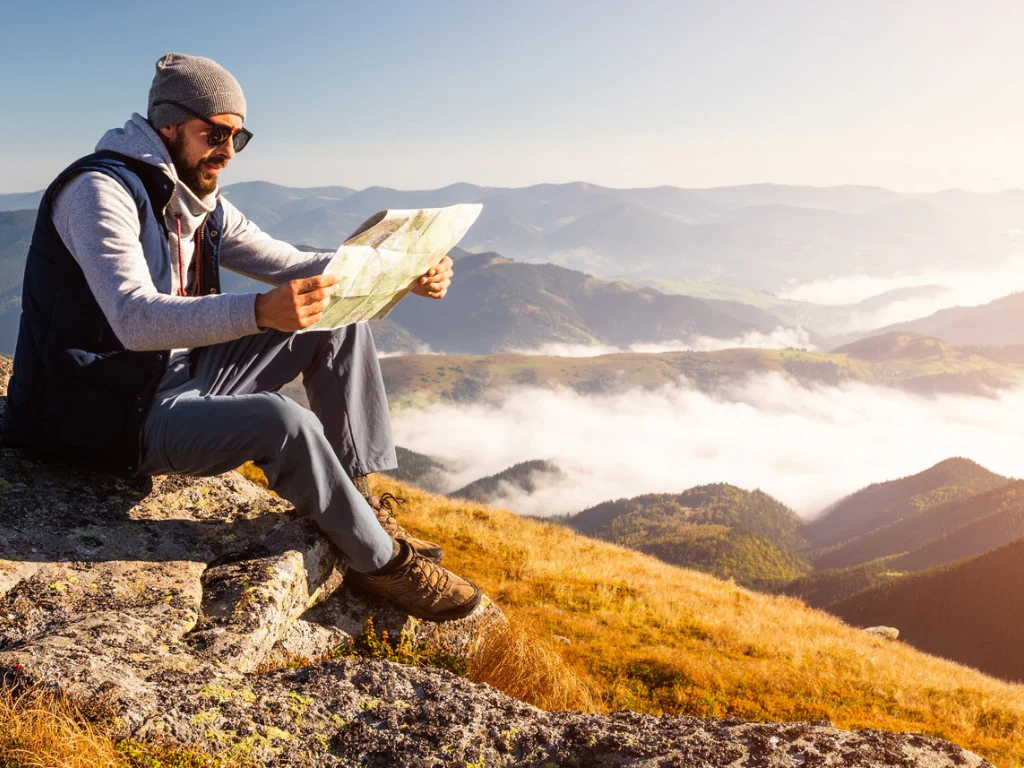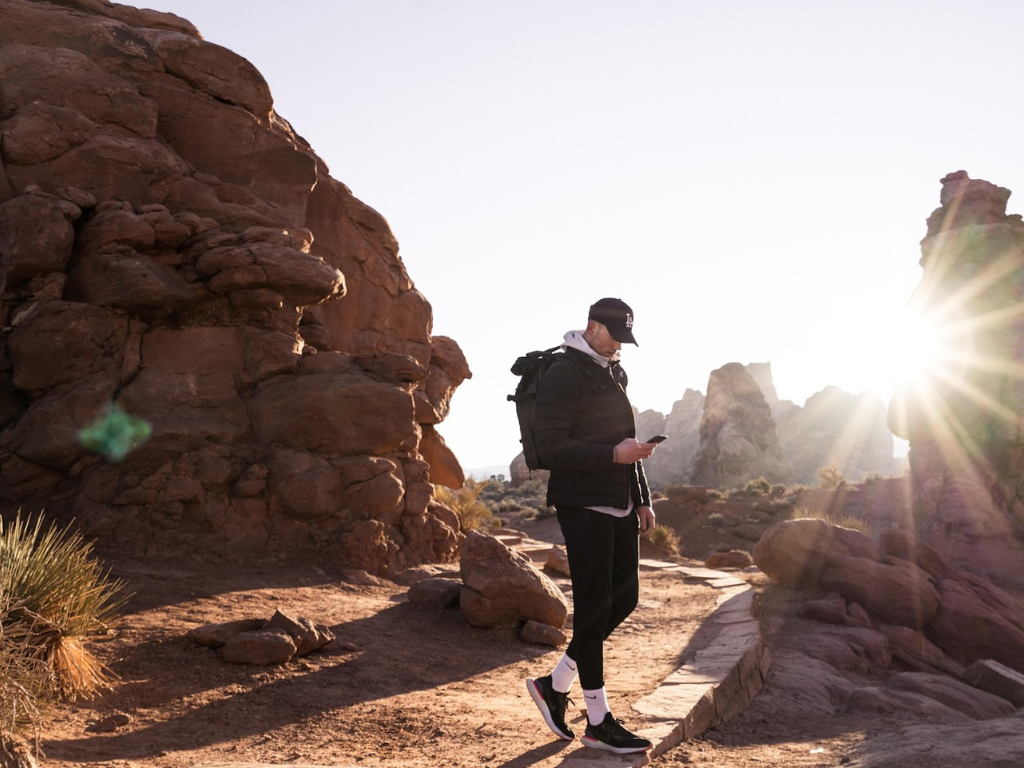
Exploring the outdoors is one of the most popular pastimes of the tactical lifestyle follower. Whether you’re into hunting, camping or mountain climbing, you’re looking to get that amazing adventure experience. One big question, though, is this: what do you do when things go wrong?
You should equip yourself with the skills to ensure outdoor safety and wilderness survival. If your adventure should take a bad turn, you’ve gotta find a way to get back home safe and sound. Our guide on the five essential survival skills will set you on the path to becoming a well-prepared trekker. Read on to learn the basics about fire-making, shelter building, water purification, navigation and signaling for help.
Fire-making: The Lifeblood of Survival
Fire craft is one of the oldest survival techniques known to humanity. Though we now have lamps, flashlights and space heaters, a true adventurer doesn’t want to be overly reliant on such technology in the wild. You must master the ability to start a fire if you want to be fully prepared for wilderness survival.
When going on an outdoor adventure, you should pack a fire starting kit. But you also need to be able to build a fire without a kit, in case you should lose it. The first step in fire-making is selecting a good location for your fire. This spot should be sheltered from the wind as well as suitably dry.
Clear the selected location of overhanging branches, leaves and anything else that can burn. You do not want to start a forest fire!
Gather firewood. This is easier if you have brought a hatchet with you on your trip. A knife or multi-tool can also help, but a hatchet will work better. Firewood comes in three forms: fuelwood, kindling and tinder. Fuelwood refers to the thick logs or branches that will burn for hours. These can keep your fire going for a good long while.
Kindling comprises small branches, twigs, pine needles and the like. It will help you build the fire after it is initially lit. Tinder is highly combustible material, often small and dry leaves, grasses, or bark. Lighting tinder begins the process of building a fire. Arrange the tinder materials in a small clump in the center of your fuelwood pile. Light it up. Use a trusty lighter, if you have one.
Or you can use one of these fire-making techniques to light the tinder: flint and steel, magnifying glass or friction-based. Friction involves grinding a piece of wood against another until heat creates flame. There are many ways to do this. One popular method uses a pointed stick that is rubbed along a groove dug into a long piece of wood. This is known as the fire plough method.
Once the fire is lit, quickly add the kindling and the fuelwood. The kindling will gradually spread the fire to the fuelwood. Be sure to have enough kindling on hand—it can burn up quickly.
From there, you only need to tend the fire, keeping it burning, by adding a piece of fuelwood at long intervals. You may have to move pieces of fuelwood around while tending. Equip yourself with lengthy sticks of greenwood for the task.

Shelter Building: Your Wilderness Home
You will find it difficult to survive in the wild without any shelter. An extended period of exposure outdoors can be deadly. Having the ability to construct a shelter will keep you alive. Be sure to practice shelter building until you have mastery over the skill.
This is one of the most challenging of the essential survival techniques. You can often avoid having to do it by using a tent. But it is always possible that you lose your tent or it gets badly damaged. In such a scenario, wilderness survival requires you to be able to put up a reliable (if temporary) shelter.
You should scout the area to determine the best possible location for your shelter. You don’t want to be too far from a source of freshwater, if possible. That said, you don’t want to build a shelter on a shoreline or riverbank, nor in a low-lying area that can get flooded. Look for a flat, dry area devoid of natural hazards (such as rocky overhangs or cliffsides).
Gather a pile of sturdy branches that are about as long as your body (or longer). Use these to construct a frame. Then build a thatched roof using foliage such as grasses and ferns. Tie your structure together with rope or twine. You can also use natural cordage materials such as vines and strips of bark. If you have a tarp, use it to provide additional coverage and insulation. If you don’t have a tarp, you can use vines, leaves and branches.
Ideally, you will have some tools you can use for shelter building: hatchet, knife, multi-tool, saw, hammer, nails, etc. Without tools, you’ll need to improvise. Find sharp rocks that can be used for cutting. Look for branches that are the right size and don’t require trimming. You might find a spot that already has a full or partial natural shelter that you can work with, too. (Note that such spots can already be inhabited by wild animals, so be cautious!)

Water Purification: Quench Your Thirst Safely
You might not be able to survive outdoors without a steady source of drinking water. Dying of thirst is a very real possibility. Water is absolutely essential to your bodily functions, and a state of dehydration can rob you of the ability to do what you need to survive. On top of being less physically capable, you can also have impaired cognitive abilities, which can lead to faulty decision making.
Most people can survive for up to three days without drinking water. But you do not want it to get that far. It’s a poor tactical choice to skirt on the edge of survivability. And by that point, you will have subjected yourself to so much physical and mental strain that you will be unable to last much longer in the outdoors.
Before you run into a drinking water crisis, scout the territory and identify viable water sources. Lakes, rivers, creeks, springs and even ponds can provide drinking water. If you can’t find them, try looking for animal tracks and following them. Animals need drinking water, too.
If the conditions are favorable, you can collect rainwater in a container or even a tarp. If there is ice and snow in the area, you can melt it to get water.
You can also extract water from plants through various methods. It’s not the best way to gather water, but if you have no other options, it’s good to have this knowledge.
After you collect drinking water, the next step is effective water purification. That’s basic outdoor safety. If you have a pot or kettle, boil the water over a fire.
Need to filter the water? You can run water through layers of charcoal, sand and gravel to get rid of impurities. If you didn’t bring charcoal, you can make it in your fire pit. Watch the fire attentively and extract the pieces of coal that form before they turn into ash. Cover them in sand or earth to prevent further oxygenation.
Ideally, filtered should still be boiled before you drink it. But if boiling is not an option, then it is at least cleaner to drink than unfiltered water.

Navigation: Finding Your Way in the Wild
Getting lost in the wilderness can be very dangerous. You could be putting yourself in harm’s way, going into territory where you can encounter natural hazards or unfriendly creatures. You can also end up moving farther away from safe civilized areas and vital resources.
You should not go on an extended outdoors adventure without reliable tools for navigation. The most basic navigation tools include a map and a compass. These can help you track your location as you trek about, as well as guide you to the correct destinations. If you can, bring a GPS tracker as well. Your mobile phone will most likely have a GPS tracker built-in. But you need to be able to keep your device charged.
If you don’t have tools, you should have the knowledge of how to navigate in other ways. You can use celestial markers at night to find your way. Polaris, the North Star, is easy to find and provides a constant reference point in the sky. By knowing and studying the constellations, you can get your bearings and figure out what direction you need to go.
Reading the landscape can also help you with navigation. You can take note of prominent landmarks and use them to guide your path as you make your way through the wilderness. Waterways such as rivers are especially helpful. It is often possible to walk along a river until you arrive at a civilized area.

Signaling for Help: Making Your Presence Known
You don’t want to be out in the wilderness longer than necessary. If you can communicate with someone who can send help, you will greatly increase your chances of survival. Knowing that rescuers are coming will help reduce your stress, which benefits you mentally and physiologically.
Most people carry mobile phones with them even on outdoor adventures. If you have one, you may be able to use your phone to call for rescue. But the tenets of wilderness survival require you to have a backup option. You should know the effective ways of signaling for help.
You’ll want to include signaling devices in your adventuring gear. Whistles, mirrors and flashlights can all be used for signaling. A mirror is especially effective. It can reflect bright sunlight across a long distance, allowing you to contact distant stations or even aircraft.
Fire can also provide a way of signaling for help. Learn methods of producing highly visible smoke from a campfire.
If you are in need of rescue, come up with a consistent schedule for sending out signals. And try to communicate a clear sequence, such as “S.O.S.” using Morse code.
Additional Survival Techniques
We’ve discussed the essential survival skills you need to master. Additional skills can further improve your chances of making it back to civilization.
Hunting and foraging for food can make an important difference. This can help you keep up your strength through adequate caloric intake. However, this is an advanced skillset and will take more time to master, so it is not your highest priority. You need to research the area you will be visiting and learn what edible plants and fungi you might be able to find there—as well as what you need to avoid. You don’t want to eat something toxic!
First aid techniques can prove incredibly useful. Again, these are advanced survival techniques that you need to be trained in. First aid can be useful in and out of the wilderness, so we highly recommend gaining this skillset. You should also know how to put together a proper individual first aid kit (IFAK).
What about survival in areas beyond outdoor safety concerns? We have a guide on how to prepare for an emergency situation in your neighborhood. Be sure to check out our article on Tactical Gear for Preppers (2023).


